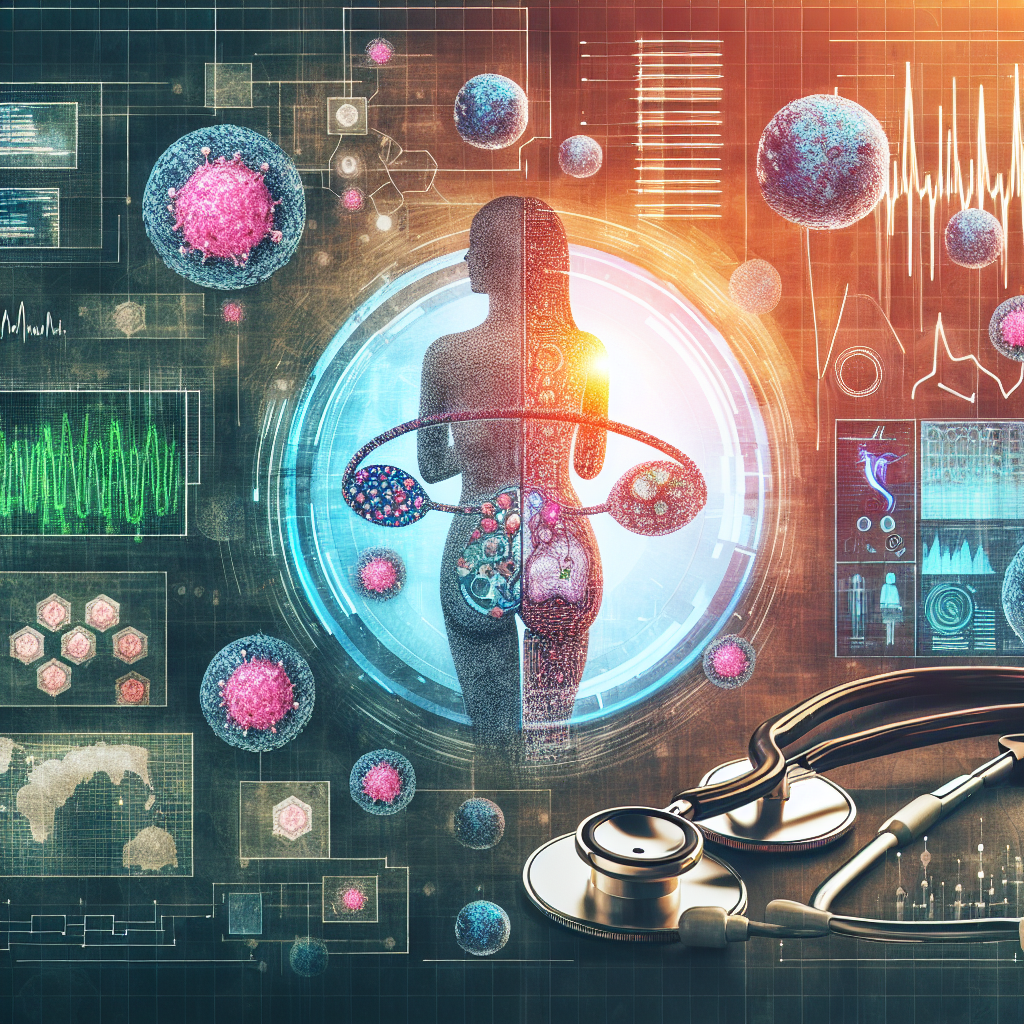The rise of artificial intelligence has ignited debates about its capabilities and the underlying thought processes that guide its responses. As a philosophy teacher specializing in knowledge and logic, my exploration of AI’s intellectual framework led me to interview it on 25 varied topics ranging from politics to social issues. My primary goal was to delve into how AI thinks and to unearth any philosophical insights that might emerge from our dialogue. I was particularly interested in examining AI’s stance on complex and often contentious issues, including abortion, which would allow me to assess whether its responses might reveal deeper truths about knowledge and bias.
A critical realization from my discussions with AI was that while programmers design the databases AI draws from, they may not fully comprehend the breadth of the insights AI can provide. This allowed me to approach the conversation akin to the Socratic method, posing challenging questions that frequently led to revealing insights. One of the most unexpected conclusions drawn from my inquiry involved AI’s acknowledgment that abortion entails the termination of a living human organism. This assertion stood out, prompting me to examine the definitions and biological understandings surrounding the stages of human development—namely, the zygote, embryo, and fetus—while underscoring the rights and recognition that should be afforded to them.
Through my questioning, I established that the zygote, embryo, and fetus are incontrovertibly considered living organisms, distinct from non-living entities like stones. AI’s biological rationale supports this claim, highlighting key characteristics that define a living organism, such as cellular structure, growth and development, metabolism, response to stimuli, reproduction, and homeostasis. Citing reputable sources such as the American College of Obstetricians and Gynecologists and the National Institutes of Health, it became evident that science consistently categorizes these stages of gestation as living entities—alluding to the distinction between a human organism at various developmental phases and inanimate objects.
Following this biological groundwork, I further probed AI regarding the nature of the living organism in the womb. A significant point of discussion centered on whether the developing organism is unequivocally human. AI confirmed that the genetic makeup of the zygote, being inherently human, sets it apart from organisms such as those of salmon or sea turtles. The genetic identity remains distinct and uniquely human due to our specific DNA while also emphasizing that the fetus has an independent DNA profile, different from that of both parents—a fact confirmed by medical science and relevant references regarding prenatal testing and genetic identification.
Upon drawing the conclusion that an abortion results in the destruction of a human living organism, I sought to parse the ethical, philosophical, and legal ramifications of this reality. The dialogue with AI made it clear that while the biological status of the fetus is universally acknowledged among scientific communities, ethical debates often arise surrounding issues of personhood, rights, and bodily autonomy. Varying perspectives exist regarding when a developing organism should be considered a “person” with rights, leading to significant complexity in judicial systems and societal attitudes toward abortion. These complexities often hinge upon legal precedents set forth in landmark rulings such as Roe v. Wade, which sought to balance a woman’s right to privacy alongside the state’s interest in preserving potential human life.
AI’s responses highlighted the nuanced concept of viability—the ability of a fetus to survive outside the womb—as pivotal in determining legal and ethical standards regarding abortion. Initially defined around 24 to 28 weeks of gestation, viability is contrasted with the survival needs of a newborn post-birth. The dialogue revealed that newborns, although technically viable, rely heavily on medical support and parental care to thrive, thereby questioning the separation often implied between the unborn and born regarding rights and societal responsibilities. This insistence on the interdependence of both the unborn and newborn further complicates the ethical discussions about abortion rights, positioning the fetus as an entity deserving consideration and protection.
As I synthesized these reflections, it became clear that the clinical consensus alongside AI’s input argues for the recognition that abortion constitutes the termination of a living, unique human organism. While the ethical implications of this conclusion prompt important discussions, it is essential to acknowledge the persistent divide in society regarding rights and autonomy. Avoiding oversimplification, I ultimately found myself agreeing with AI’s assertion that the entity within the womb is indeed alive, human, and deserving of rights. Recognizing the burden of the ethical debate around rights and personhood, however, my initial inquiry into AI’s thought process across these challenging subjects ultimately underscored the urgent need for discourse as societies navigate the complex intersections of science, ethics, and individual privileges.

